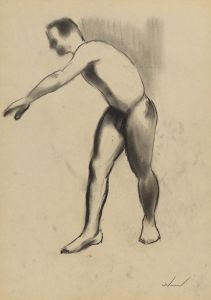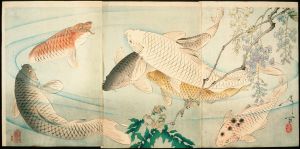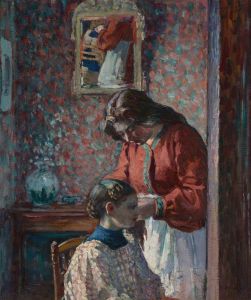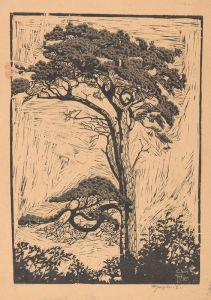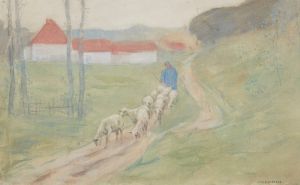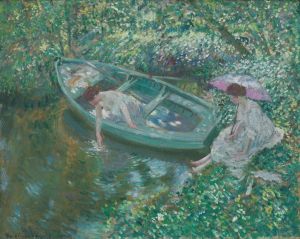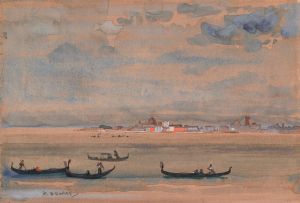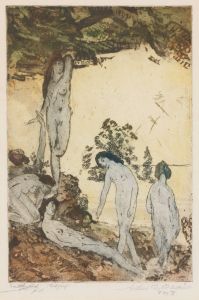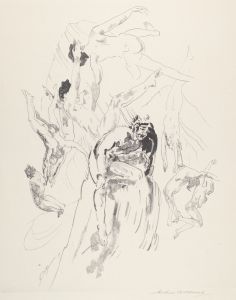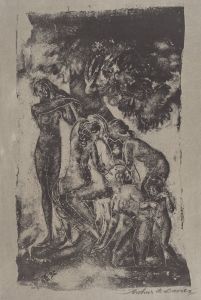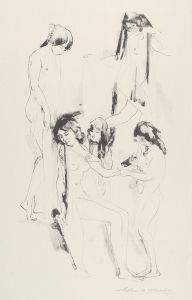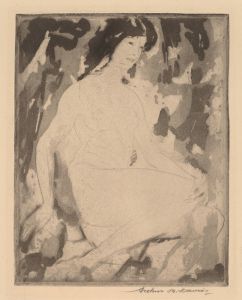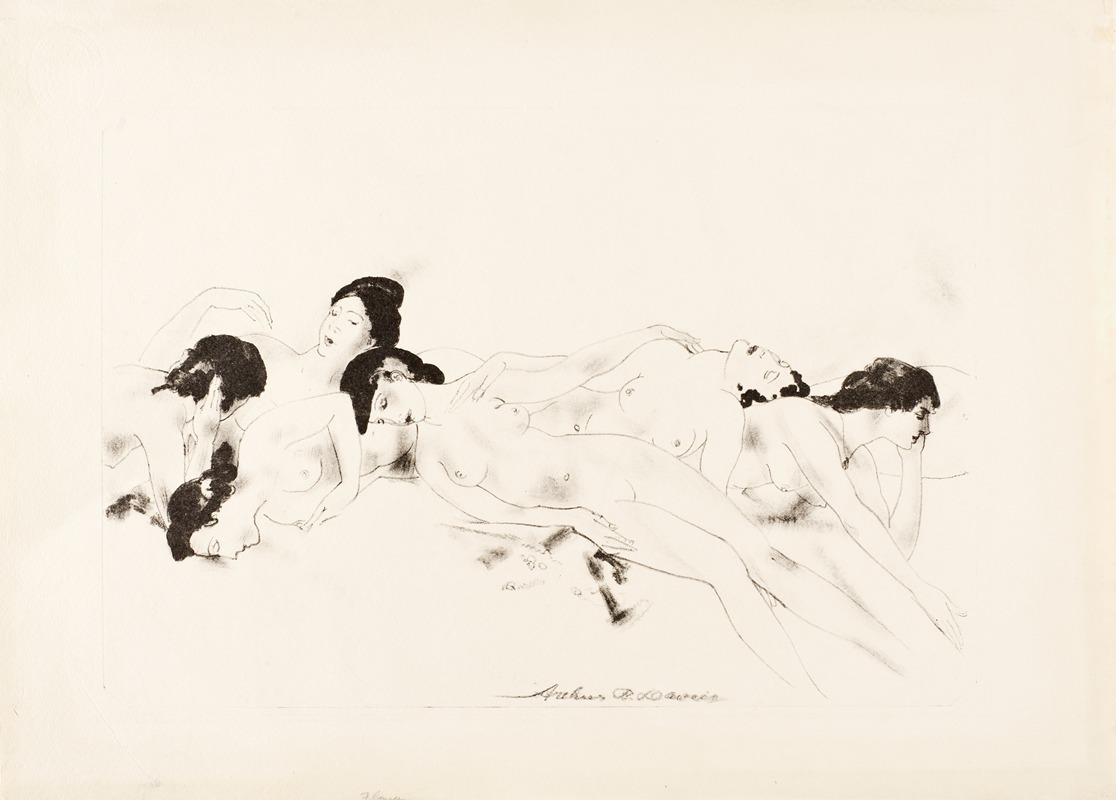
Flowers
A hand-painted replica of Arthur Bowen Davies’s masterpiece Flowers, meticulously crafted by professional artists to capture the true essence of the original. Each piece is created with museum-quality canvas and rare mineral pigments, carefully painted by experienced artists with delicate brushstrokes and rich, layered colors to perfectly recreate the texture of the original artwork. Unlike machine-printed reproductions, this hand-painted version brings the painting to life, infused with the artist’s emotions and skill in every stroke. Whether for personal collection or home decoration, it instantly elevates the artistic atmosphere of any space.
Arthur Bowen Davies was an American artist known for his association with the Ashcan School and his role in organizing the groundbreaking 1913 Armory Show, which introduced modern European art to the American public. However, his own work often diverged from the gritty urban realism of the Ashcan painters, leaning more towards symbolism and romanticism. One of his notable works is "Flowers," a painting that exemplifies his unique style and artistic vision.
"Flowers" by Arthur Bowen Davies is a painting that captures the artist's fascination with ethereal and dreamlike subjects. While specific details about the painting's creation and history are limited, it is representative of Davies' broader body of work, which often featured idyllic and mystical themes. His paintings frequently depicted figures in harmonious landscapes, blending elements of fantasy with a keen sense of design and composition.
Davies' style was influenced by a variety of sources, including classical art, symbolism, and the burgeoning modernist movements of his time. In "Flowers," these influences might be seen in the way he handles form and color, creating a composition that is both serene and evocative. His use of soft, muted tones and fluid lines often imbued his works with a sense of tranquility and otherworldliness.
Throughout his career, Davies was known for his ability to merge different artistic styles and philosophies. While he was a contemporary of the Ashcan School artists, who focused on the gritty realities of urban life, Davies chose to explore more poetic and allegorical subjects. This divergence is evident in "Flowers," where the emphasis is on beauty and imagination rather than social commentary.
Davies played a significant role in the American art scene of the early 20th century, not only through his own work but also through his efforts to promote modern art. As the president of the Association of American Painters and Sculptors, he was instrumental in organizing the 1913 Armory Show. This exhibition was pivotal in introducing the American public to European avant-garde artists such as Pablo Picasso and Marcel Duchamp, and it marked a turning point in the acceptance of modern art in the United States.
Despite his contributions to modern art, Davies' own work remained somewhat apart from the radical changes of his time. He continued to produce paintings that reflected his personal vision, characterized by a blend of romanticism and modernism. "Flowers" is a testament to his ability to create art that is both timeless and reflective of his unique perspective.
In summary, while specific information about "Flowers" by Arthur Bowen Davies is limited, the painting is emblematic of his broader artistic approach. It showcases his interest in beauty, harmony, and the transcendental, distinguishing his work from that of his contemporaries. Through his art and his advocacy for modernism, Davies left a lasting impact on the American art landscape.





